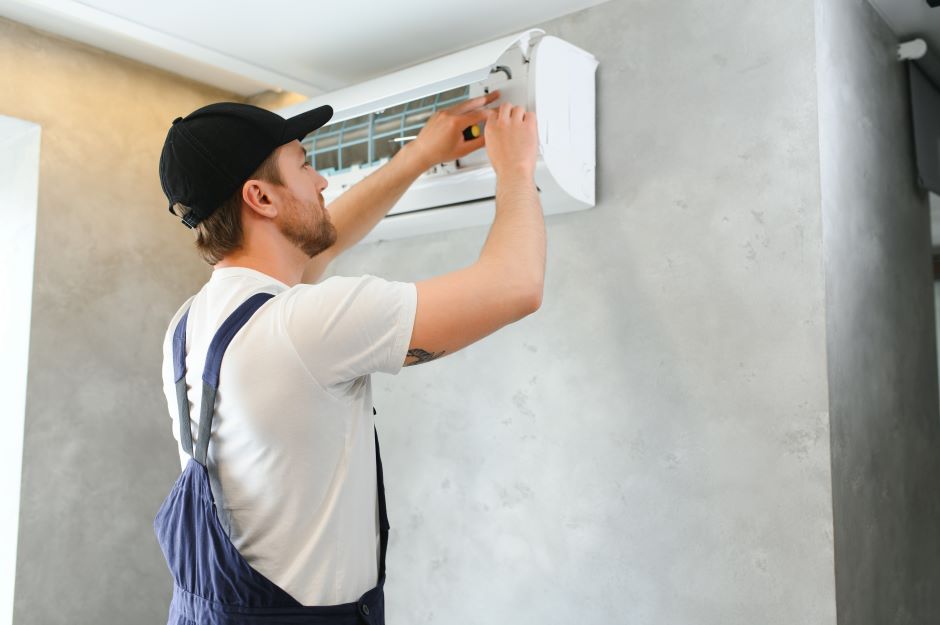
If you feel weak airflow from the vents in your house, your peace of mind might turn into frustration and unbalanced temperatures. But there's no need to worry: poor airflow through vents is a common and fixable problem.
The usual causes of it are clogged filters, blocked vents, dirty coils, issues in the motor, ductwork, or the system age, and from routine maintenance to professional repairs and upgrades, addressing the exact causes of low airflow will help you restore comfort to your home.
In this complete guide, you'll find all the details. Read on!
What Causes Low Airflow HVAC?
Noticing that the air is barely coming out of the vents in the house can be upsetting, especially in the hot summer months. It happens because of clogged air filters, blocked air vents, problems with ductwork, or other common causes.
Read more about the 10 most known reasons for HVAC low airflow and be prepared for any issues.
- Clogged air filters: this happens when air filters accumulate dust and debris, hindering proper airflow. Regularly replacing or cleaning them is essential to maintain optimal airflow.
- Blocked air vents: furniture, drapes, or other objects can obstruct air vents, reducing airflow. Ensure that all vents are clear and unobstructed for unrestricted airflow.
- Dirty evaporator coils: a common cause of poor airflow is dirt and grime accumulated on the evaporator coils, blocking the cooling process and leading to weak airflow. Regular cleaning of these coils can help.
- Issues with the blower motor: a malfunctioning blower motor can also result in weak airflow. Professional inspection and repair may be necessary to resolve this issue.
- Leaky ductwork: leaks or gaps in the ductwork can cause air to escape before reaching the vents, reducing airflow. Sealing or repairing the ducts can significantly improve airflow efficiency.
- Undersized ductwork: the ductwork may be improperly designed for the HVAC system or too small. Replacing or resizing the ducts might be necessary for improved airflow.
- Faulty fan motor: a faulty fan motor can reduce the air circulation. Repairing or replacing the motor may be required to restore proper airflow.
- Inadequate refrigerant levels: low refrigerant levels can affect the cooling capacity of the HVAC system. Professional HVAC technicians can assess and recharge the refrigerant levels as needed.
- Aging HVAC system: wear and tear can affect the performance of an HVAC system, resulting in diminished airflow. Consider upgrading or replacing your system to improve efficiency.
- Improperly installed system: the last but still very common cause of low airflow, the incorrect installation of the HVAC system can lead to other issues too.
Consult with a professional to ensure your system is installed correctly, eliminate any HVAC airflow problems, and optimize it for maximum airflow. Overall, cleaning outdoor and indoor AC units is a key tip.
How To Fix Airflow Problem In House: 10 Tips For You
Well, if your air conditioner airflow is weak due to any common cause, search online for the most common ways to solve the problem or call a contractor. Here are all the possibilities and the estimated price of these HVAC troubleshooting tips!
- Regularly clean or replace air filters to ensure unobstructed airflow.
Estimated cost: $ 10 - $ 30 per filter. - Clear any obstructions from air vents, allowing air to flow freely.
No additional cost. - Schedule professional cleaning of evaporator coils to remove dirt and debris.
Estimated cost: $ 100 - $ 200. - Consult an HVAC technician to inspect and repair any issues with the blower motor.
Cost: $ 150 - $ 500, depending on the repair extension. - Hire a professional to locate and seal any leaks in the ductwork. Plus, the benefits of cleaning air ducts are many.
Estimated cost: $ 300 - $ 1,000, depending on the complexity and length of the ductwork. - Consider resizing or replacing undersized or poorly designed ductwork.
Cost: $ 1,000 - $ 5,000, depending on the project. - Repair or replace a faulty fan motor through professional HVAC services.
Estimated cost: $ 200 - $ 600. - Recharge refrigerant levels by contacting a qualified HVAC technician.
Estimated cost: $ 150 - $ 450, depending on the type and amount of refrigerant required. - Evaluate the performance of an aging HVAC system and consider upgrading or replacing it.
Cost varies depending on the system size and features. - Engage professional installation services to ensure proper installation of your HVAC system.
Estimated cost: $1,500 - $ 5,000, depending on the complexity of the installation.
Weak airflow from vents in the house can be caused by various factors, but rest assured: there are effective solutions available. Remember, it is always best to consult with HVAC experts to accurately diagnose and resolve any airflow problems you may be experiencing.
 Let a hvac technician give you an estimate on your project
Let a hvac technician give you an estimate on your project

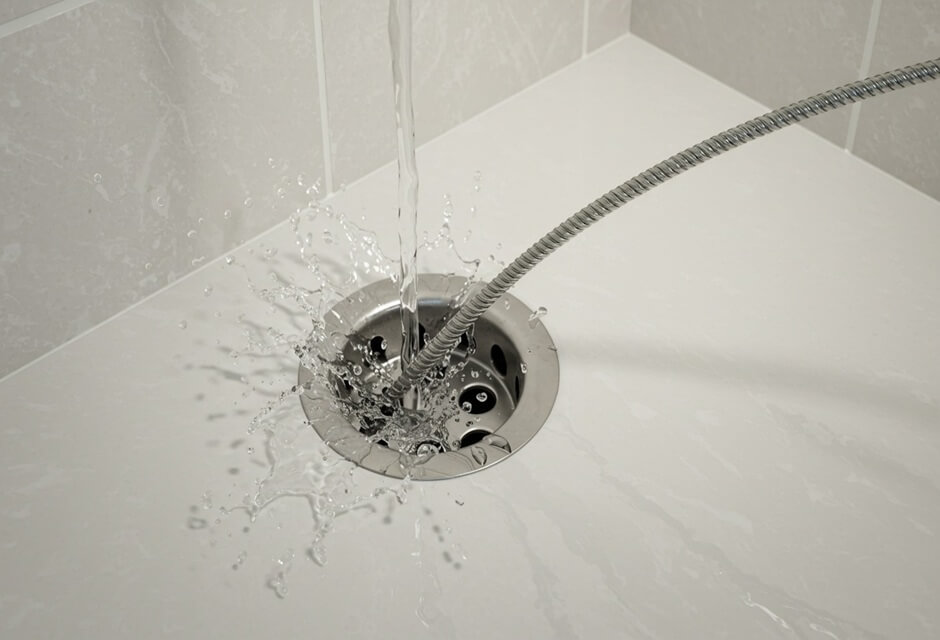
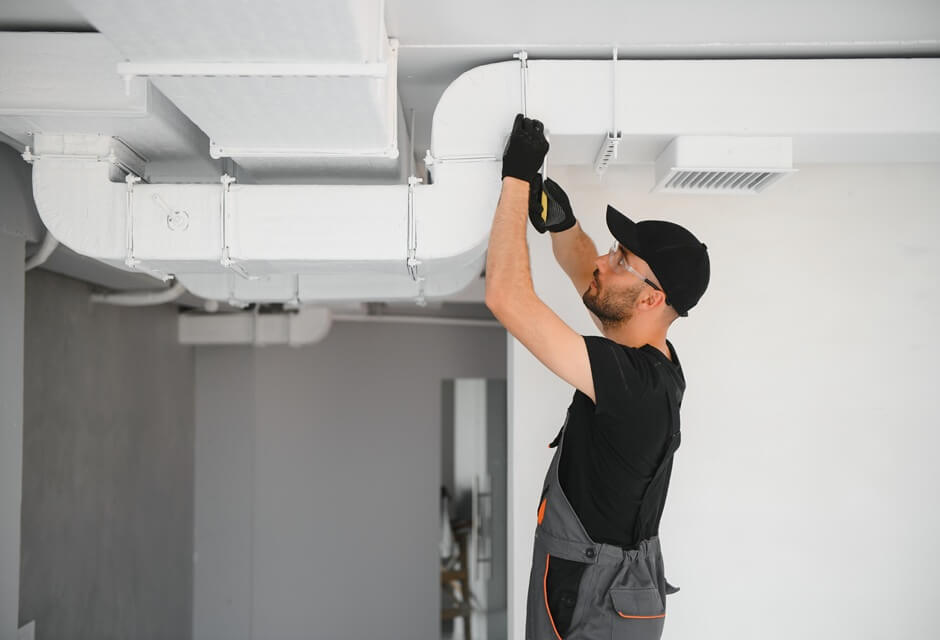
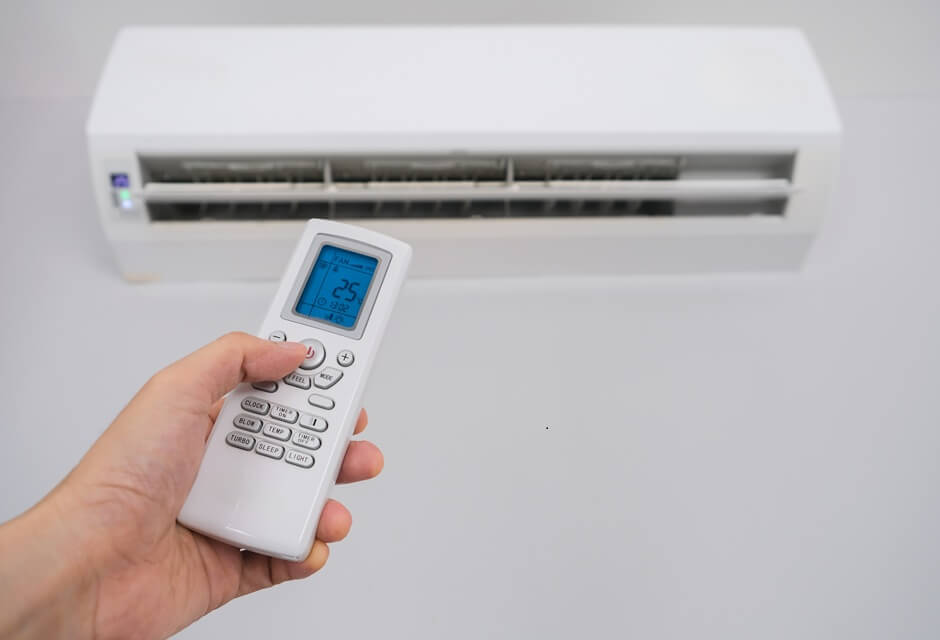
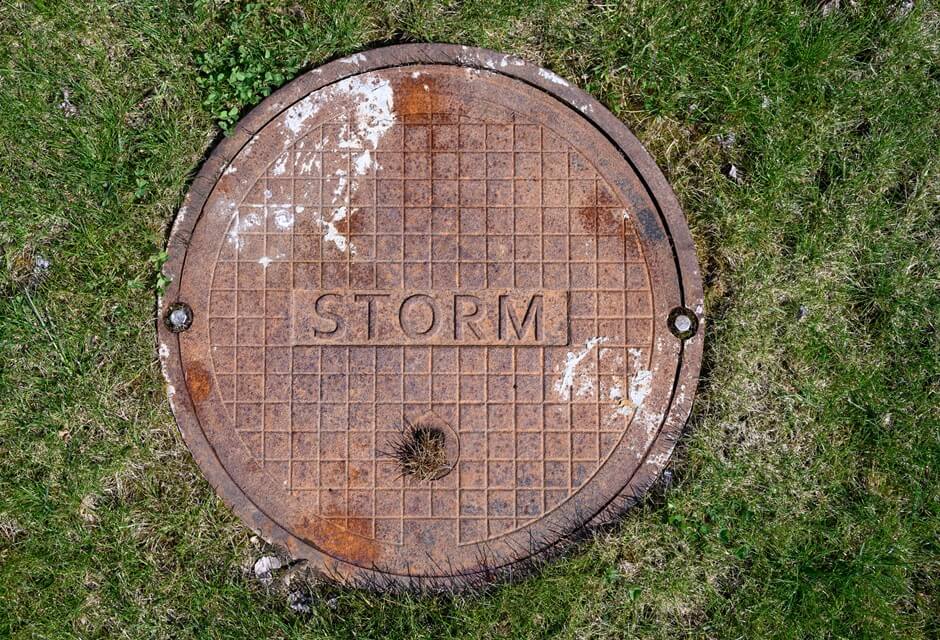
 Member of the
Member of the